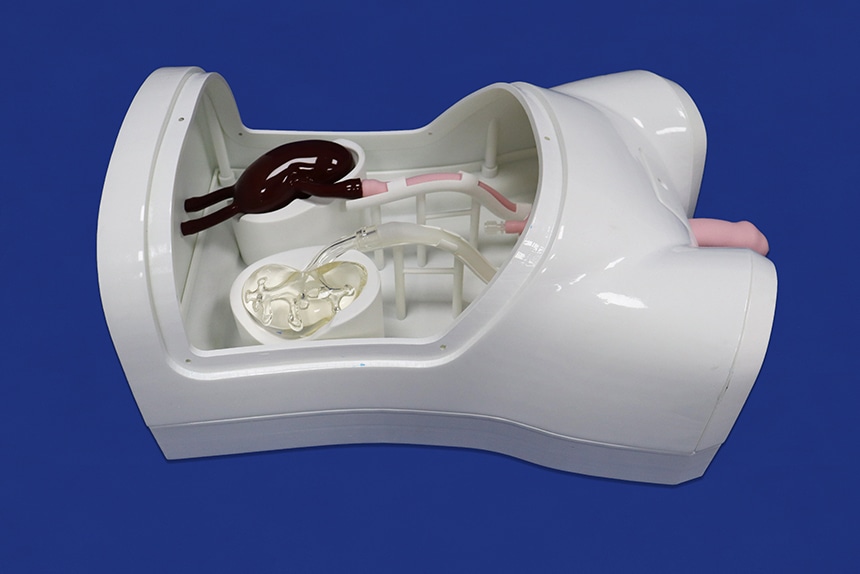
#Product Trends
Ureteroscopy Simulator: Enhancing Training and Proficiency in Endoscopic Urological Procedures
Ureteroscopy Simulator
The field of urology has witnessed significant advancements in recent years, particularly in the area of endoscopic procedures. Ureteroscopy is an important minimally invasive technique used for diagnosing and treating various conditions of the urinary tract, such as kidney stones or tumors. To improve training and proficiency, the development of ureteroscopy simulators has emerged as a valuable tool in the urology industry. In this piece of industry knowledge, we delve into the benefits and advancements provided by ureteroscopy simulators.
Ureteroscopy simulators are virtual or physical platforms designed to replicate the anatomical and functional aspects of the urinary tract. They provide a realistic training environment for urologists to practice essential skills required for performing ureteroscopy procedures. These simulators aim to enhance technical proficiency, improve procedural accuracy, reduce complications, and allow for skill assessment before performing procedures on actual patients.
1.Realistic Anatomy Replication: Ureteroscopy simulators mimic the anatomy of the urinary tract, including the bladder, ureters, and renal pelvis. The simulators accurately recreate the visualization and maneuverability challenges that urologists face during live procedures.
2.Haptic Feedback: Many advanced ureteroscopy simulators incorporate haptic technology, which provides a sense of touch and resistance during the simulation. This allows urologists to develop tactile sensitivity and refine their hand-eye coordination for a more realistic experience.
3.Virtual Reality (VR) Simulators: VR-based simulators use computer-generated imagery to create a virtual environment. Urologists can interact with the virtual components using specialized controllers or instruments. These simulators offer a high degree of immersion and can simulate scenarios in a controlled and repeatable manner.
4.Procedural Training Modules: Ureteroscopy simulators often include various training modules that simulate different procedures, such as stone retrieval, laser lithotripsy, or stent placement. These modules allow urologists to practice specific skills or address particular challenges they may encounter during ureteroscopy.
Ureteroscopy simulators offer several benefits to urologists and patients alike:
5.Enhanced Training: Simulators provide a safe and controlled environment for urologists to develop and refine their skills, reducing the learning curve associated with performing ureteroscopy procedures on actual patients.
6.Risk Reduction: By allowing urologists to practice and make mistakes in a simulated setting, ureteroscopy simulators help reduce the risk of complications during real procedures.
7.Skill Assessment: Simulators enable objective assessment of urologists' technical proficiency, allowing for targeted training and competency evaluation.
8.Patient Safety: Improved training with ureteroscopy simulators can lead to enhanced patient safety, as urologists are better equipped to handle complex cases, reduce operating time, and minimize potential complications.
Ureteroscopy simulators have revolutionized training and proficiency in endoscopic urological procedures. By providing a realistic and immersive environment, these simulators enhance the skills and confidence of urologists, leading to improved patient outcomes. Continued advancements in this technology will further strengthen the field of urology and lead to safer and more successful ureteroscopy procedures.




